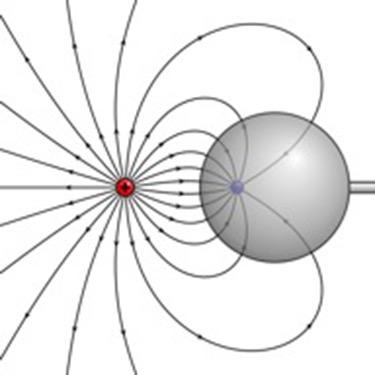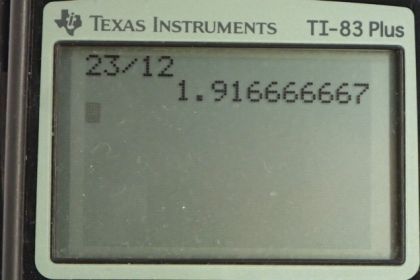Question
Figure 18.47 shows the electric field lines near two charges and . What is the ratio of their magnitudes? (b) Sketch the electric field lines a long distance from the charges shown in the figure.

Final Answer
- 1.9
- Please see the solution video.
Solution video
OpenStax College Physics, Chapter 18, Problem 35 (Problems & Exercises)

vote with a rating of
votes with an average rating of
.
Calculator Screenshots
Video Transcript
This is College Physics Answers with Shaun Dychko. To figure out the relative magnitudes of this two charges, we can compare the number of field lines radiating from each of them. So charge in the right hand side has 12 lines going into it, whereas the charge on the left has 23 lines coming out of it. And so, the electric field of the positive harge is k times the positive charge which I call q plus divided by r squared. And electric field at a given point around the negative charges kq negative over r squared, taking the ratio is going to be 23 lines divided by 12 lines. This line density or the number of lines is a representative of the electric field strength. And so we take this expression here and divided by this one, although I like to multiply it by reciprocals instead of dividing fractions by fractions. So multiplying by r squared over kq negative. And then k is cancel and so are the r squared. And so this is q plus over q minus which is to say that the ratio of electric field strength is the same of the ratio of the charge magnitudes. And so this is 23 over 12 which is 1.9. Now if you were to go very very far away from this pair of charges, it would eventually this distance between them would be negligible and it would seem, as though, it was just a positive charge in the end. And so your picture would look like this with the same picture as for a just a regular positive charge, which is what would it seem like from so far away.
